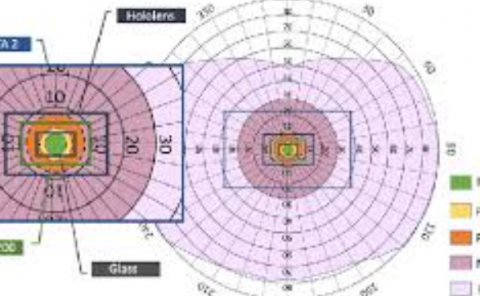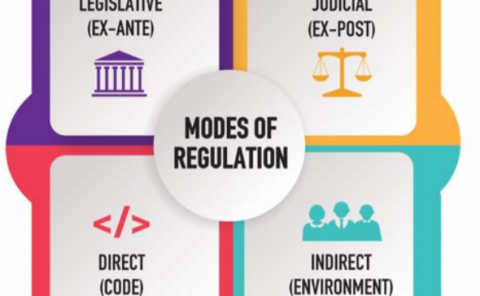Measurement of exceptional motion in VR video contents for VR sickness assessment using deep convolutional autoencoder
PubDate: November 2017
Teams: KAIST
Writers: Hak Gu Kim;Wissam J. Baddar;Heoun-taek Lim;Hyunwook Jeong;Yong Man Ro

Abstract
This paper proposes a new objective metric of exceptional motion in VR video contents for VR sickness assessment. In VR environment, VR sickness can be caused by several factors which are mismatched motion, field of view, motion parallax, viewing angle, etc. Similar to motion sickness, VR sickness can induce a lot of physical symptoms such as general discomfort, headache, stomach awareness, nausea, vomiting, fatigue, and disorientation. To address the viewing safety issues in virtual environment, it is of great importance to develop an objective VR sickness assessment method that predicts and analyses the degree of VR sickness induced by the VR content. The proposed method takes into account motion information that is one of the most important factors in determining the overall degree of VR sickness. In this paper, we detect the exceptional motion that is likely to induce VR sickness. Spatio-temporal features of the exceptional motion in the VR video content are encoded using a convolutional autoencoder. For objectively assessing the VR sickness, the level of exceptional motion in VR video content is measured by using the convolutional autoencoder as well. The effectiveness of the proposed method has been successfully evaluated by subjective assessment experiment using simulator sickness questionnaires (SSQ) in VR environment.


